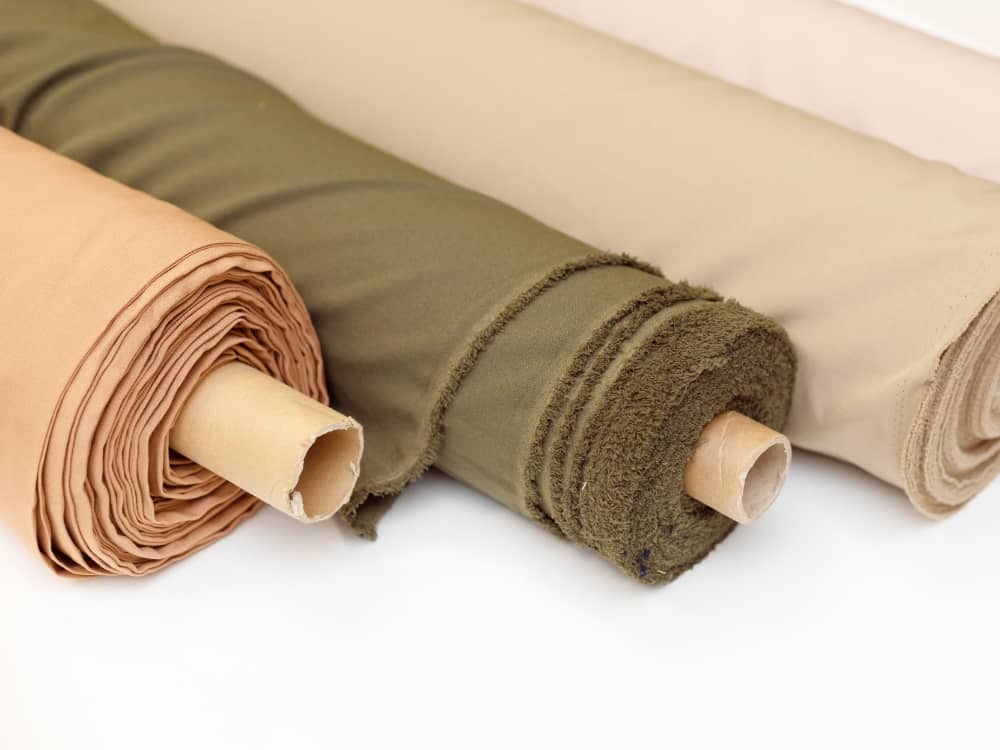Introduction to Modal Fabric
In the realm of textiles, modal fabric stands out as a versatile and increasingly popular material known for its softness, breathability, and eco-friendly attributes. Derived from natural resources, modal has carved a niche for itself in the fashion and home textile industries due to its unique characteristics that enhance comfort and sustainability. This comprehensive guide delves into understanding modal fabric, examining its definition, properties, and the myriad applications where it shines.

What is Modal Fabric? A Brief Overview
Modal fabric is a type of semi-synthetic fiber classified as a type of rayon. It is made primarily from the cellulose found in beech trees, a fast-growing and renewable resource. The production process involves chemically converting the plant-based cellulose into a pulp, which is then spun into fibers using a wet spinning technique. These fibers are then woven or knitted to create the final fabric. Unlike traditional rayon, modal undergoes an additional stage of processing that increases its strength and washability, rendering it a higher quality variant of rayon.
Key Properties of Modal Fabric
Modal fabric boasts several properties that distinguish it from other textiles and contribute to its widespread appeal:
- Exceptional Softness: Modal is renowned for its silky smooth texture, often described as softer than cotton. Its fine fibers contribute to this luxurious feel against the skin.
- High Absorbency: Modal can absorb up to 50% more moisture than cotton, making it ideal for activewear and undergarments where moisture management is critical.
- Breathability: The fabric’s porous structure facilitates air circulation, enhancing its breathability and keeping wearers cool and comfortable.
- Durability and Colorfastness: Thanks to its strong fibers and advanced manufacturing process, modal retains its shape and color even after multiple washes, ensuring longevity and vibrancy.
- Eco-Friendliness: As a cellulose-based fiber sourced from sustainable forests, modal has a lower environmental impact compared to synthetic fabrics like polyester. Moreover, its production process utilizes closed-loop systems that recycle solvents, minimizing waste.

Modal vs. Cotton and Other Fabrics
When compared to cotton, modal excels in softness and moisture-wicking properties but may fall slightly behind in terms of durability over extended periods. However, modal blends, which combine modal with other fibers like cotton or spandex, often strike a balance between the benefits of both materials, enhancing overall performance.
In contrast to synthetic fabrics like polyester, modal offers superior breathability and a more eco-conscious manufacturing process, though it may not provide the same level of stretch or resistance to wrinkles.
Applications of Modal Fabric in Fashion and Beyond
Modal fabric’s unique properties make it suitable for a broad range of applications:
- Apparel: Modal is widely used in clothing, particularly in items that directly touch the skin. This includes underwear, t-shirts, loungewear, and athletic wear, where its softness and moisture management properties are highly valued.
- Home Textiles: Bed sheets, pillowcases, and towels made from modal offer unparalleled comfort and absorbency, enhancing the sleep and relaxation experience.
- Accessories: Modal’s drape and sheen lend themselves well to scarves, wraps, and other accessories, providing a touch of luxury and comfort.
- Blend Options: Modal is often blended with other fibers to enhance or complement their properties. For instance, blending modal with elastane imparts stretch, making it suitable for form-fitting garments, while mixing with cotton improves durability without sacrificing softness.

Caring for Modal Fabric
Proper care is essential to maintain modal fabric’s integrity and prolong its lifespan:
- Washing: Modal should be washed in cold water using a gentle cycle to prevent shrinkage and damage to the fibers. Avoid using bleach, as it can degrade the fabric.
- Drying: Air drying is recommended to maintain the fabric’s shape and texture. Modal can be tumble dried on a low heat setting, but excessive heat can cause shrinkage.
- Ironing: If necessary, iron modal on a low heat setting, preferably while it’s still slightly damp, to easily remove wrinkles.
The Future of Modal Fabric and Sustainability
As consumers and industries alike prioritize sustainability, modal fabric’s eco-friendly credentials position it favorably for continued growth. Research into more efficient production methods and the use of alternative raw materials, such as bamboo, could further enhance modal’s sustainability profile. Additionally, innovations in biodegradable finishes and dyeing techniques can minimize the environmental footprint of modal products throughout their lifecycle.

Circular Economy Integration:
The future of modal fabric also lies in integrating it more seamlessly into circular economy models. This includes exploring ways to make modal fibers fully recyclable and biodegradable without compromising their quality. Innovations in closed-loop recycling systems that allow for the efficient recovery and reuse of modal fibers at the end of a product’s life can significantly reduce waste and resource consumption.
Sustainable Certifications and Transparency:
Increased emphasis on transparency and third-party certifications will play a pivotal role in modal’s future. Certifications like the Global Organic Textile Standard (GOTS) for organic fibers, OEKO-TEX for product safety, and the Forest Stewardship Council (FSC) for responsible forest management can assure consumers that the modal they purchase adheres to strict environmental and social standards. Brands are expected to adopt these certifications more widely, providing clear communication about their supply chain practices and the environmental impact of their products.

Blends and Performance Enhancements:
The development of advanced modal blends with other sustainable fibers, such as Tencel (lyocell), hemp, or recycled polyester, can offer enhanced performance characteristics while maintaining a green profile. These combinations can lead to fabrics with improved strength, stretchability, and moisture-wicking capabilities, broadening modal’s application scope in technical and performance wear.
Consumer Awareness and Education:
As consumer awareness about sustainable fashion grows, education on the benefits and proper care of modal fabrics becomes crucial. Brands and manufacturers must communicate not only the eco-benefits of modal but also how to extend the life of modal products through proper washing, drying, and disposal methods. This can foster a culture of responsible consumption and encourage the longevity of garments, thereby reducing waste.
Conclusion: Modal Fabric – A Touch of Comfort and Sustainability
Modal fabric, with its exceptional softness, moisture control, and eco-friendly production, has carved a significant niche in the world of textiles. Whether adorning our bodies in the form of luxurious apparel or enhancing our homes with comfortable linens, modal continues to prove its worth as a high-performance, sustainable choice. As technology advances and consumer awareness grows, modal is poised to play an even greater role in shaping the future of fashion and home textiles, offering a touch of indulgence that harmoniously coexists with our planet’s wellbeing.








